I am still putting together the numbers to figure the expenses. Right off the top of my head I know the boom lift cost $ 2,000, I used nine liquid oxygen tanks, 10 100 lb. propane bottles, ruined six 50 ft. cutting hoses, went through six pairs of welding gloves, purchased eight torch tips, destroyed one set of sleeves and cape, ruined two cotton welding jackets, replaced one gas gage on my torch, had to purchase another 20 inch scrapper torch, and ruined two pairs of Duluth Fire Hose pants. Boots were another big expense. Two pairs were abused because of the heat. I still have to figure diesel for the loader, skid steer, and truck, gas for my welder, hydraulic fluid, grease, and other maintenance items. The biggest loss was a pair of expensive sunglasses my wife gave me for our anniversary eight years ago. I have guarded them with my life until now, but they went up in a flame of glory. This story might be told later in the post.
I was using 100 ft. of 3/8 cutting hose throughout the project and all of the hoses were lost because of the lack of concentration. Sometimes a piece of steel fell and sliced them, sometimes they were caught in a fire, one time the entire tank fell on them and sliced two right at the connection, and one just disappeared off the tank. I will point out that using this length of hose I set my gauges at 12 propane and 62 oxy. I usually burn at 10 and 50 but with the additional length of hose they recommend an increase of 10 %. I know there are a lot of opinions on this site as far as settings, but I found when I burn hotter and harder I save on the torch and the tips in the long run. The other tip I would provide is that you have to cut hard with liquid oxygen because it is a pressure activated tank and will bleed off if not used.
The Duluth Fire Hose pants are a great product that I would recommend highly. They went through a lot and 10 pairs of Carhart's could not have done the same. I went through four pairs of Carhart's before I bought the Duluth Fire Hose pants. The excessive abuse on welding gloves was the result of over head cutting on the filters filled with sand and cutting with one hand and controlling steel plates with the other. I only had a 20 inch scrapper torch and no way to avoid the heat produced by the sand. I have already talked about the damage the rust and sand did to the cutting tips, but if I did not burn so hot I am sure I would have gone through twice as many. The gas gauge replacement was the result of a brain fart, when I changed tanks I put the gauge on the top of the liquid oxygen tank and it froze the diaphragm. I am a big believer in Smith Torches and Gauges. Until this situation I have had the same set for over 15 years, only the last couple cutting on a daily basis. The snaps wore out on the cape and sleeves and the two cotton welding jackets. I must have been in a hurry to remove them whenever I could because of the heat.
I will also be figuring in the cost of powdered Gatorade in my profit/loss
spreadsheet. I am not sure of the exact amount, but I am guessing I drank more than the entire Florida Gators football team did during spring training. It might equal the cost of gas for my torch. I know this is not the answer you wanted, but it is the best I can do at the moment.
I will not be providing a final profit because I am not sure I want to know. This project has been assigned to advertising on my spread sheet. I even painted my company name on the tanks with the warnings and danger signs. I will be providing enough information throughout this thread that others will be able to estimate a profit in their market. I also need to point out that I got 400 sq. ft. of cedar tongue and grove and gravel 6 ft. X 40 ft. diameter from the project. Scrapping is not always in the metal.









 Register To Reply
Register To Reply
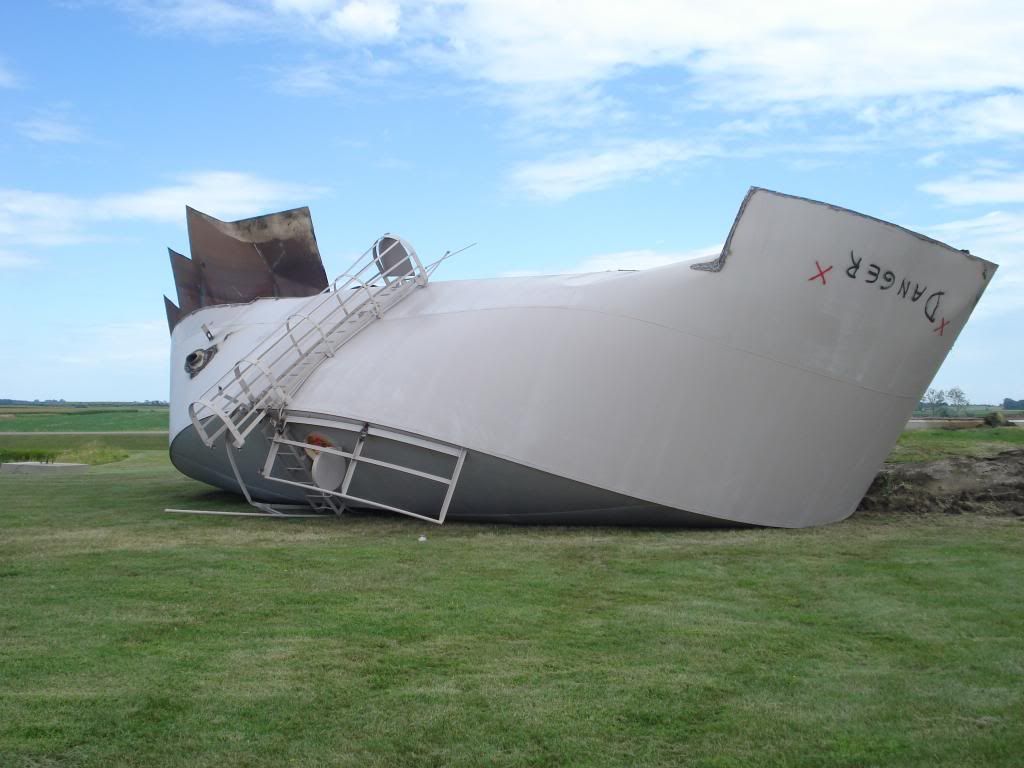

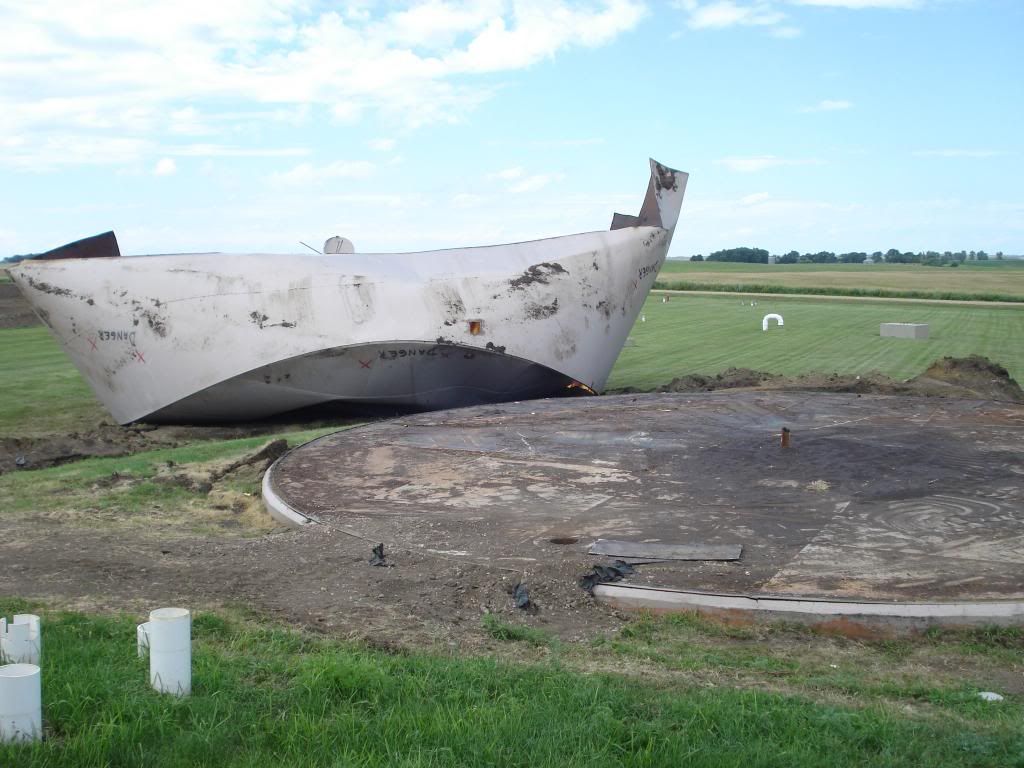




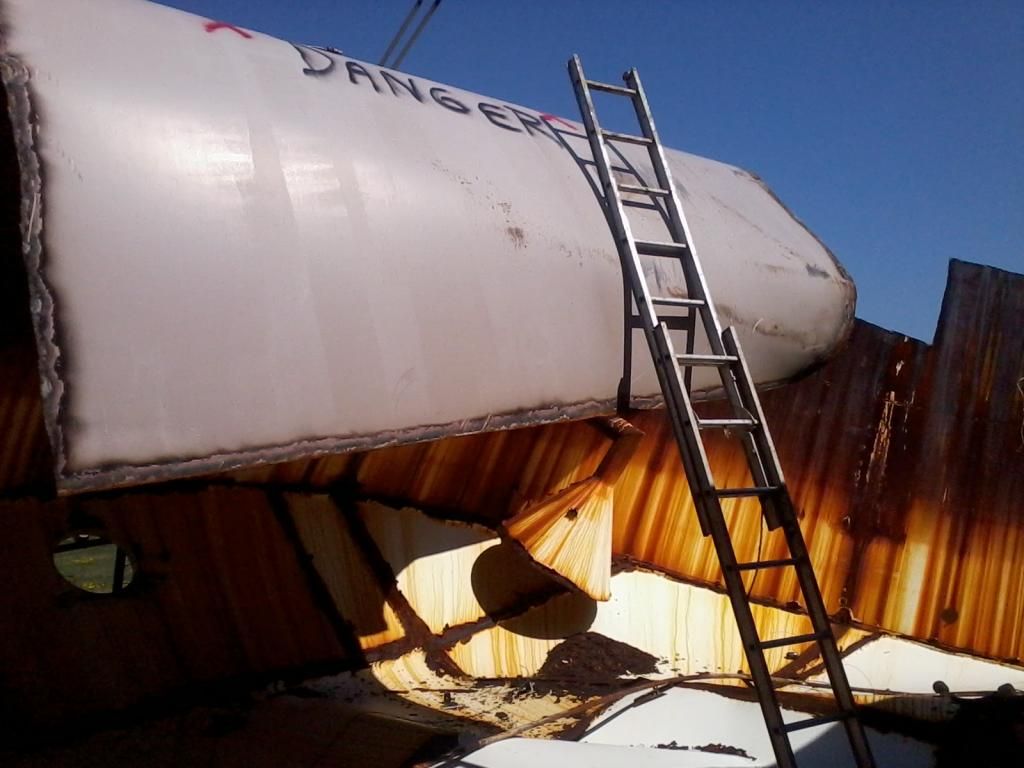
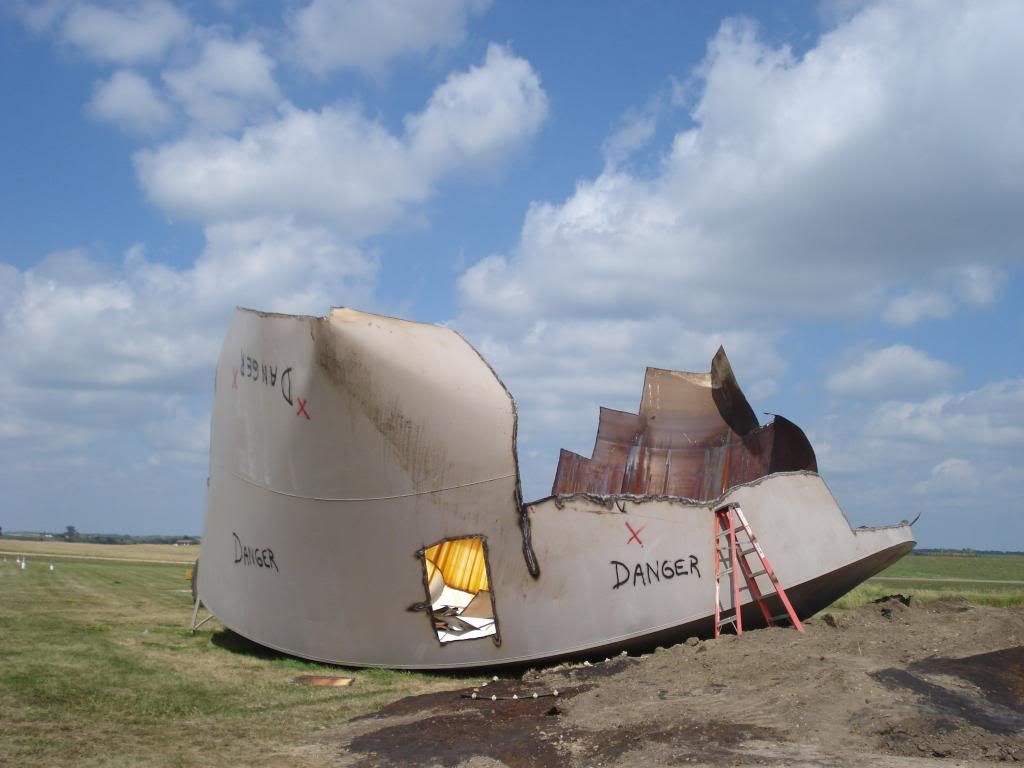
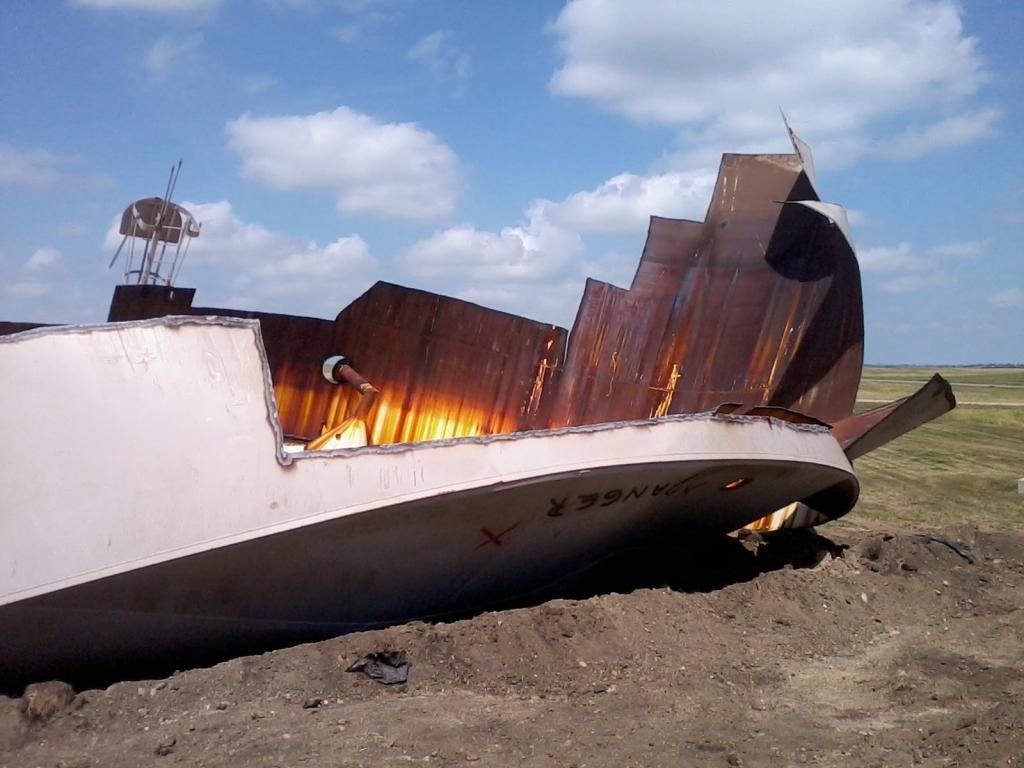
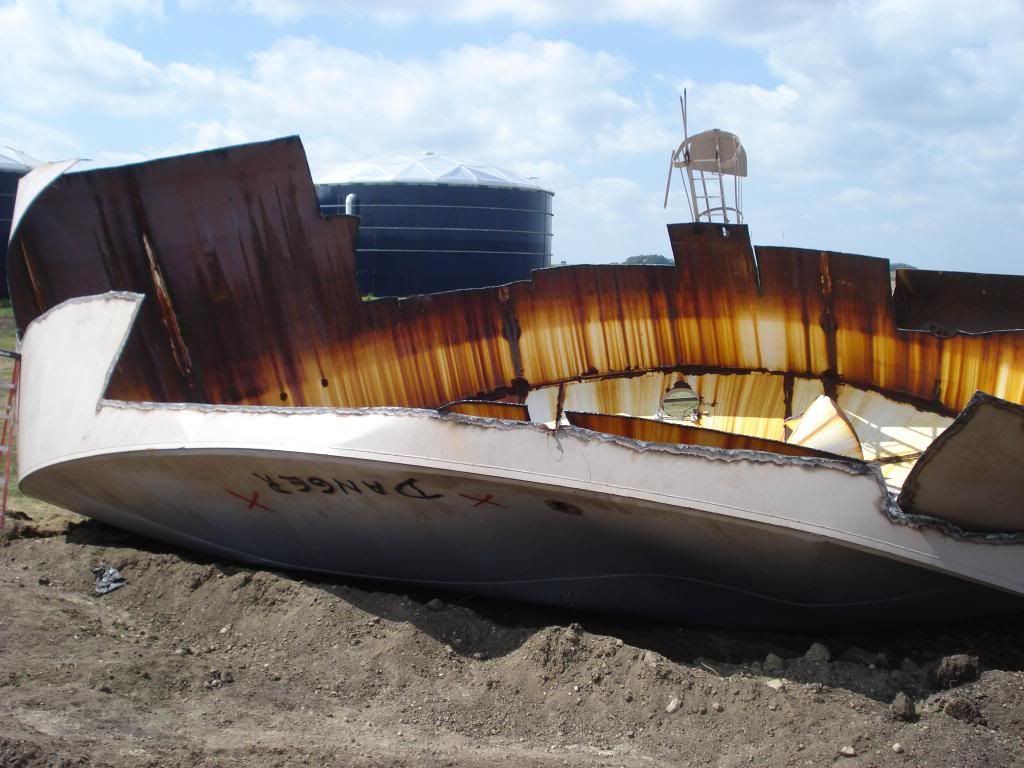

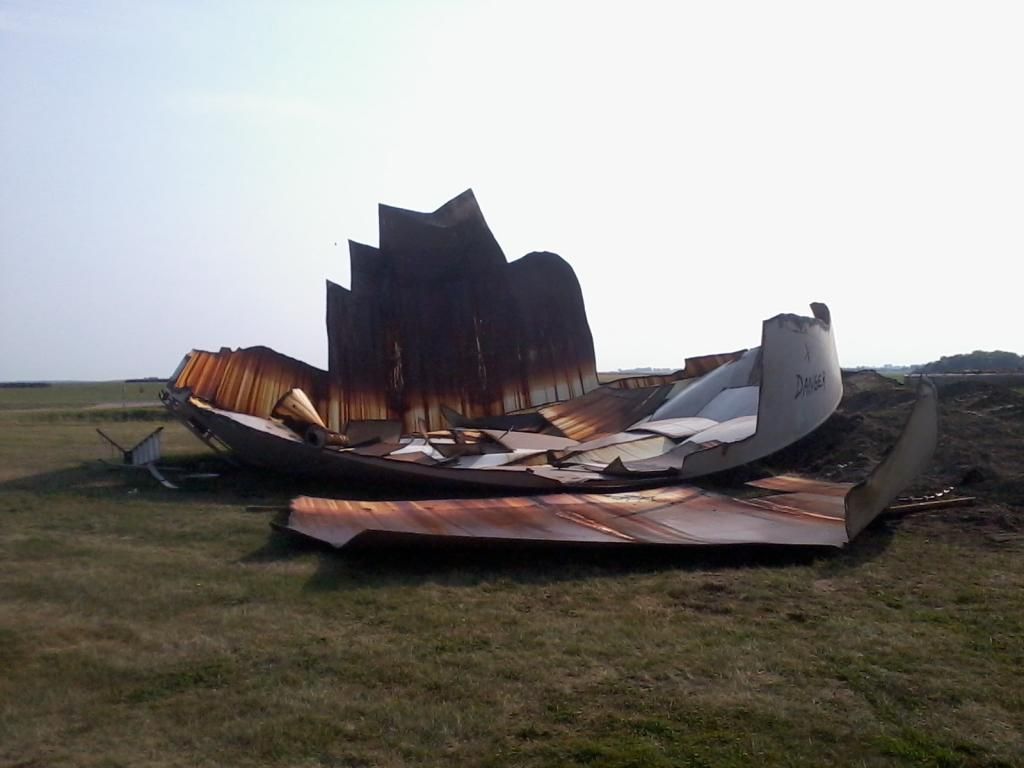
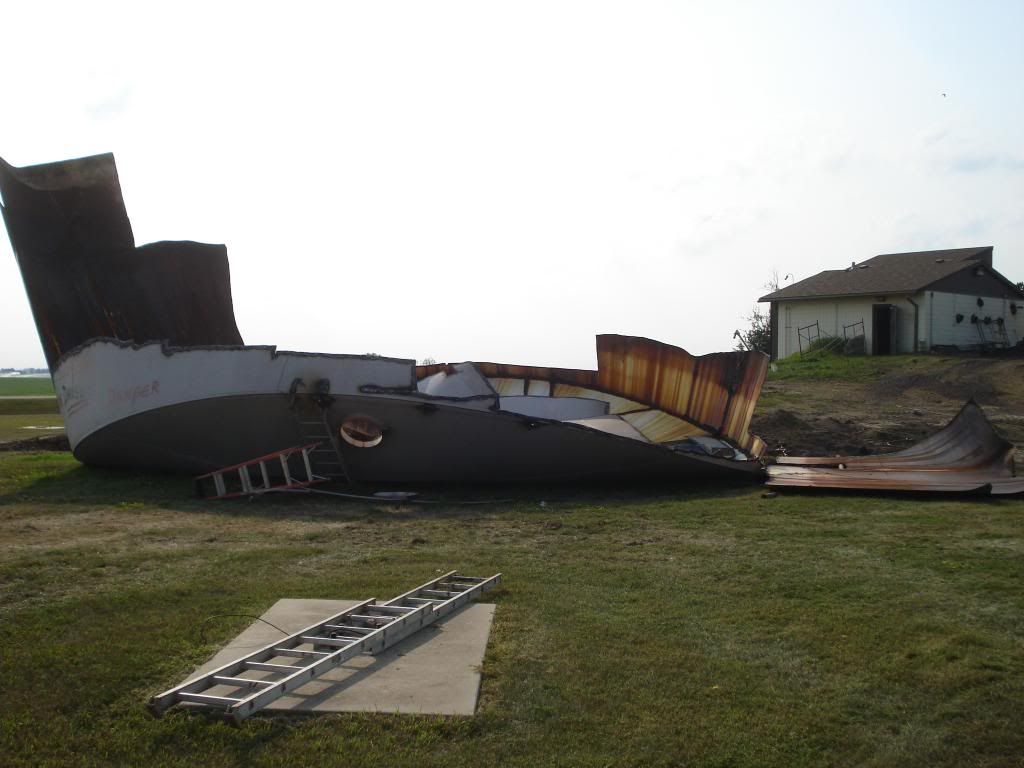
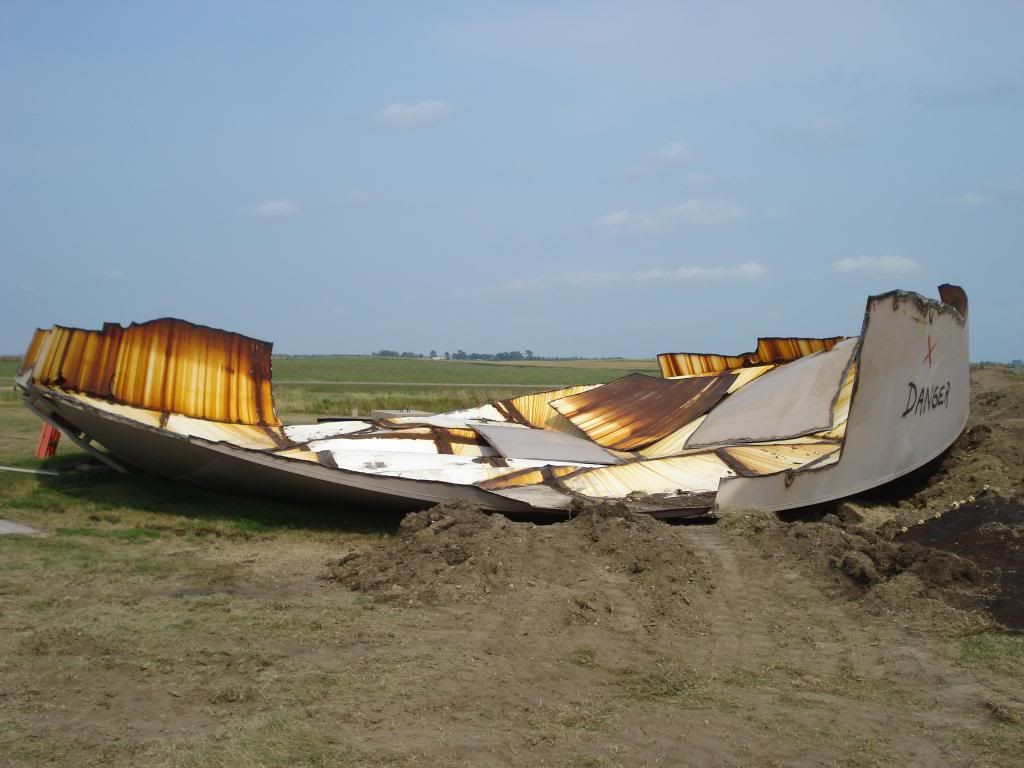

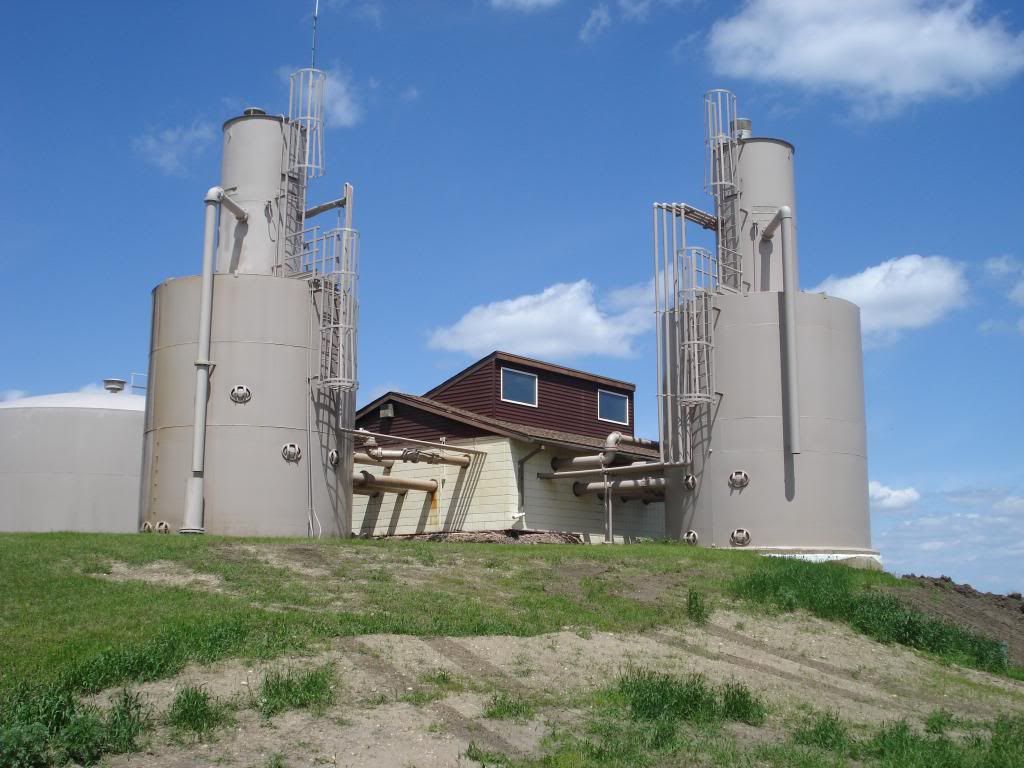






Bookmarks